So I’m Amelia Meigs. I’m from Issaquah – the Seattle area of Washington.
I was in grad school. I had just transferred to a new school in Saint Louis and I had never really been in the LGBTQ community. I was going to join the LGBTQ club there and so I went to a meeting. You know, you walk in the room. It seems like everybody knows each other. And so I sat down and kind of started talking to a few people. I mentioned that I had a boyfriend and kind of immediately you could tell that people were confused.
And one girl in particular said to me, “You know, just so you know, this club is for gay people. It’s – you don’t belong here if you’re straight.” When the girl said that to me, I, you know, kind of felt so embarrassed that I didn’t want to correct her and to tell her that I was bisexual. You know, I think at the time it didn’t even occur to me to try to fight for my place there or try to say, “No, this is where I belong.” Because I had expected the community to just, you know, welcome me with open arms and I never thought that, you know, anyone would say something like that to me.
Two years later, moved back home to the Seattle area, start to date girls, you know, start to be more out. I had a lesbian friends, you know, say, “Hey, I didn’t know you were bisexual. You really fly under the radar. You know, you don’t look gay.” Then a girl I was seeing said, “Man, you know, it’s lucky you’re on the apps because if I met you in real life, I would never hit on you at a bar.” And I remember this one week, there was three different people in one week who told me in different ways that I wasn’t gay enough or didn’t look right.
At that point I kind of said, okay, something has to change. I’m not doing this right. I started Googling lesbian outfits and trying to see what, you know, what does a typical stereotypical lesbian look like and how can I look like that? You know, should I dye my hair? Should I cut my hair? I tried to wear, you know, a backwards baseball cap. I bought some Vans. You know, I, you know, tried anything I could think of that would make my outside look like my inside.
It was over a couple of weeks and so my friends had kind of been hearing about these stories. And so, we, over the series of weeks, you know, we went shopping. We, you know, went through my closet and tried on different things.
Kind of in the midst of this, a new friend was telling me, you know, “Hey, you don’t need to change. You’re fine just the way you are.” I kind of just dismissed her.
I was like, “No, it’s, you know, this is what I have to do to fit in.” I remember I was watching an episode of Queer Eye and Jonathan Van Ness, one of the five, kind of just said offhandedly “I don’t want anybody to ever feel like they’re too gay or too straight.” And, you know, I watched the clip about 100 times and cried and I don’t think it ever occurred to me that I was enough the way that I was and that I didn’t need to change to be who I am, that, you know, I already am who I am.
So after that, I stopped trying to you know look a certain way or act a certain way and just kind of accepted myself. And so I found the reaction to that to be, you know, so much more positive than before. I think once I accepted myself, other people could accept me, too.
You don’t have to look a certain way or act a certain way to be who you are. If it’s not me, I don’t have to wear a backwards baseball cap or, you know, get a tattoo that says “bisexual” if that’s not how I feel. Even within the queer community, there is a lot of hate toward you know asexuals, bisexuals, trans people. There’s a lot of, you know, stereotyping and we’ll look at each other and normally we’re such an accepting group and we’re stereotyped as an accepting group, but I think within the community there’s still some issues and that we need to work out and, you know, we need to learn each other more and get more involved with people who don’t share the same letter as us.
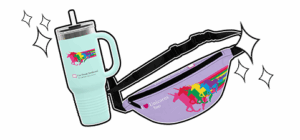

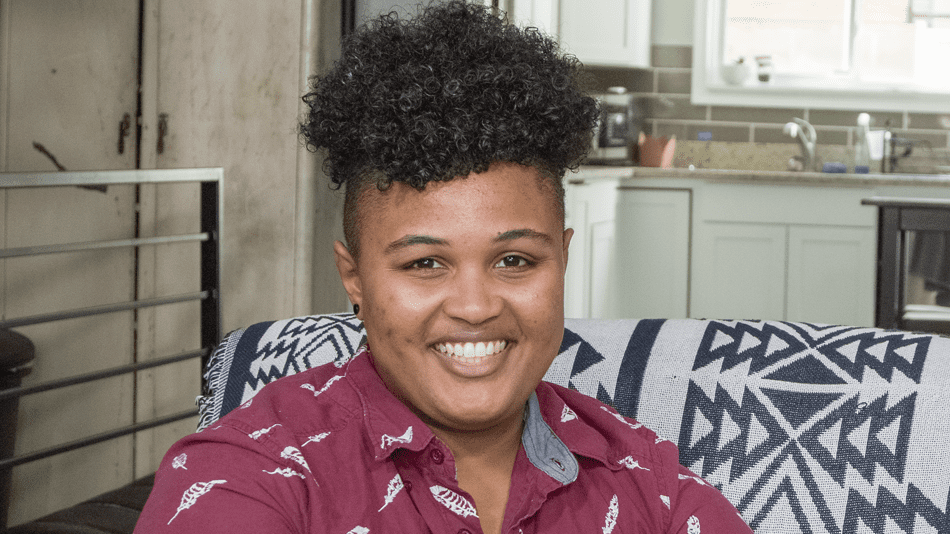

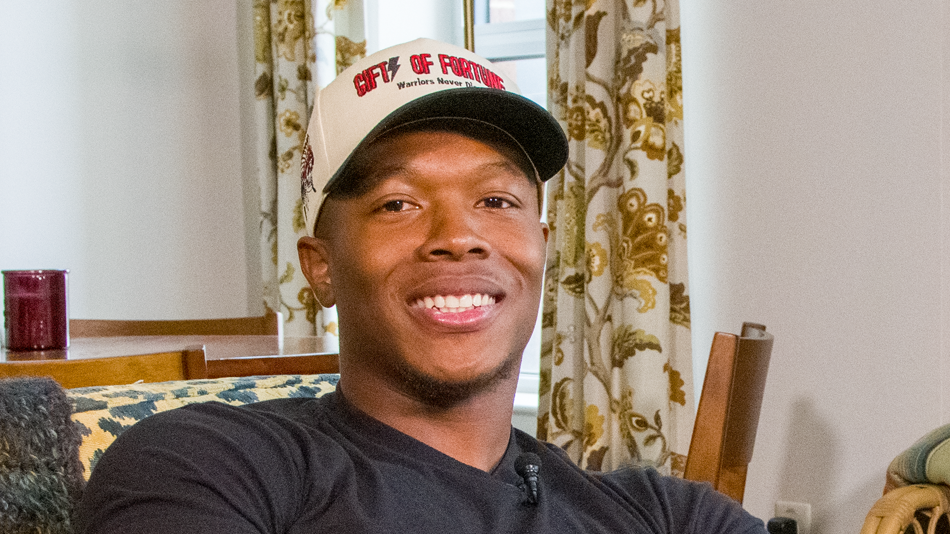
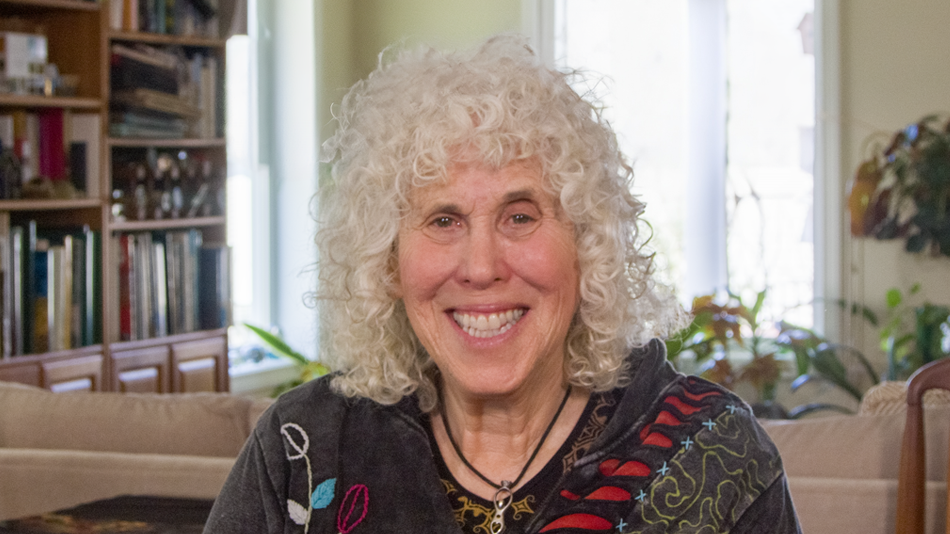
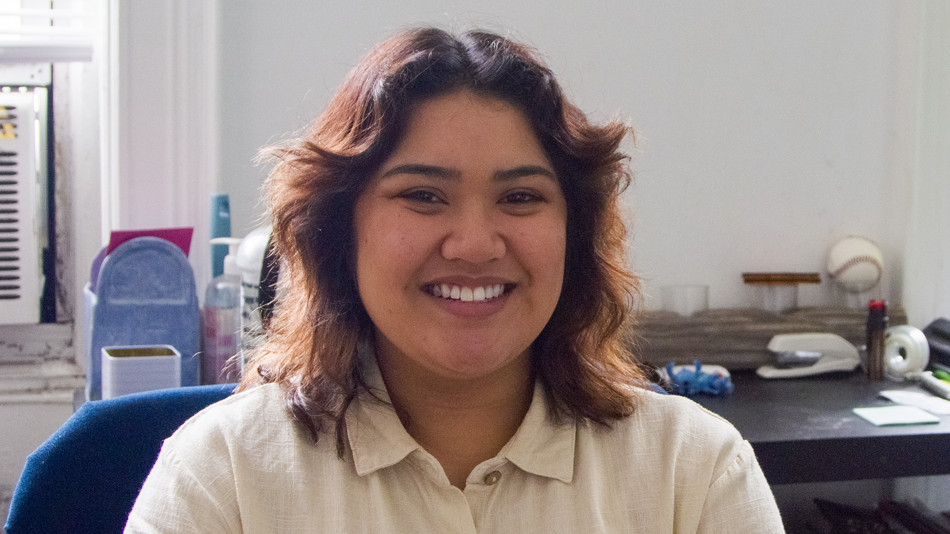
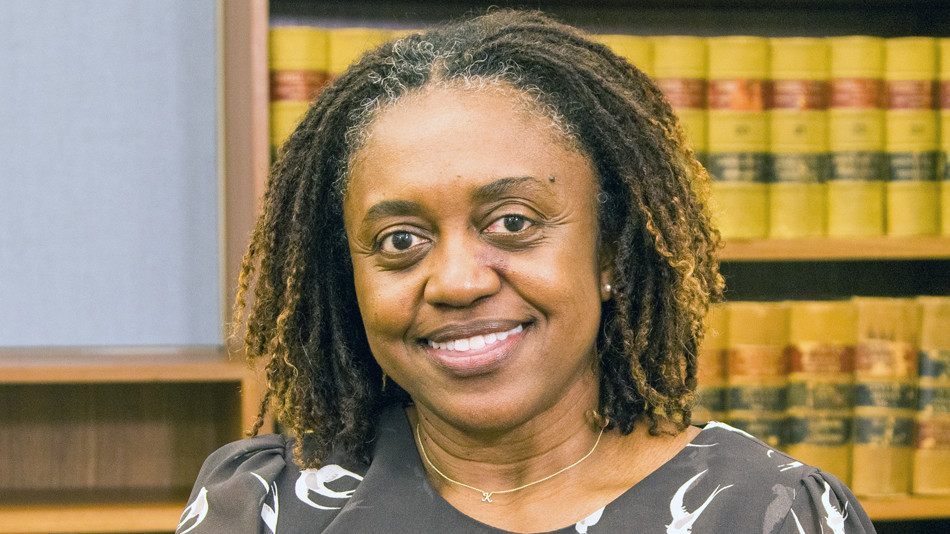
Share